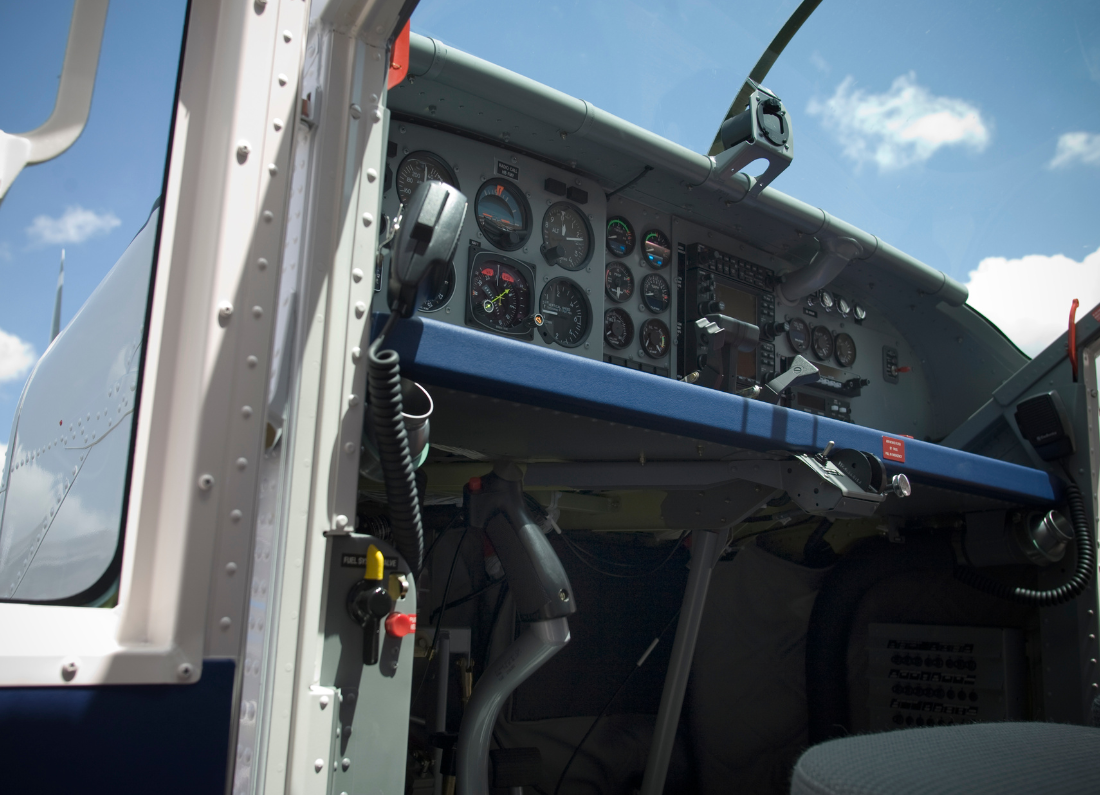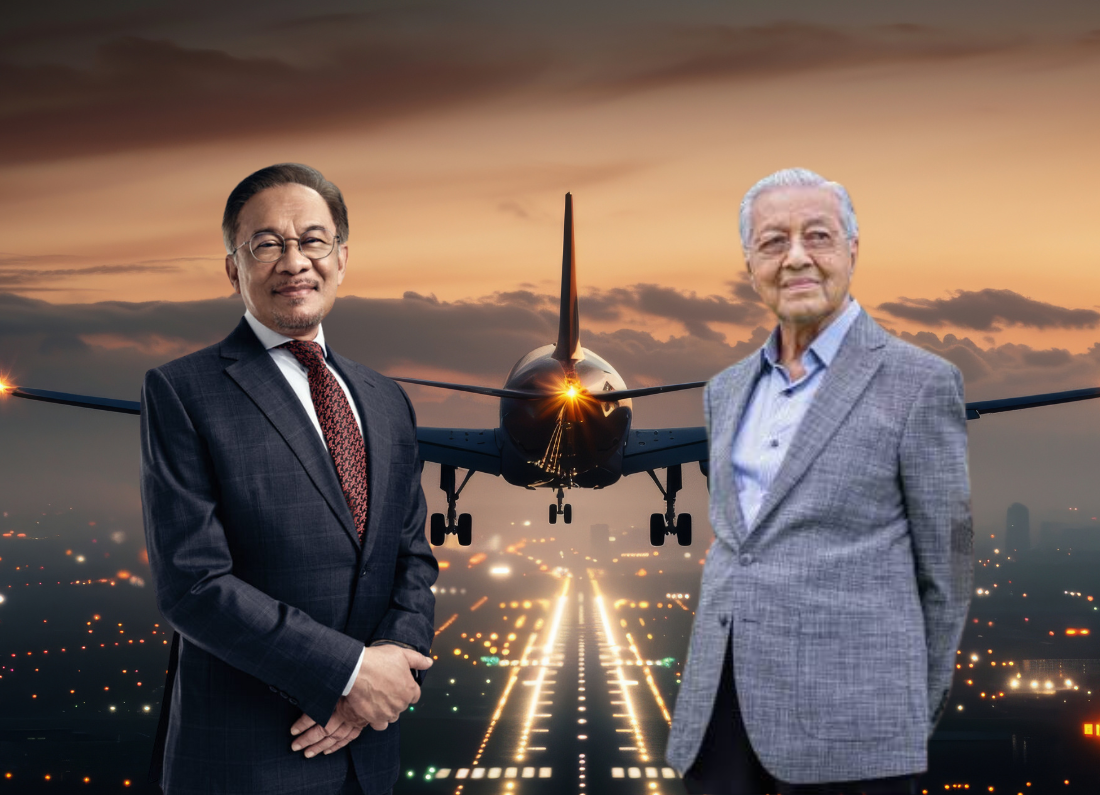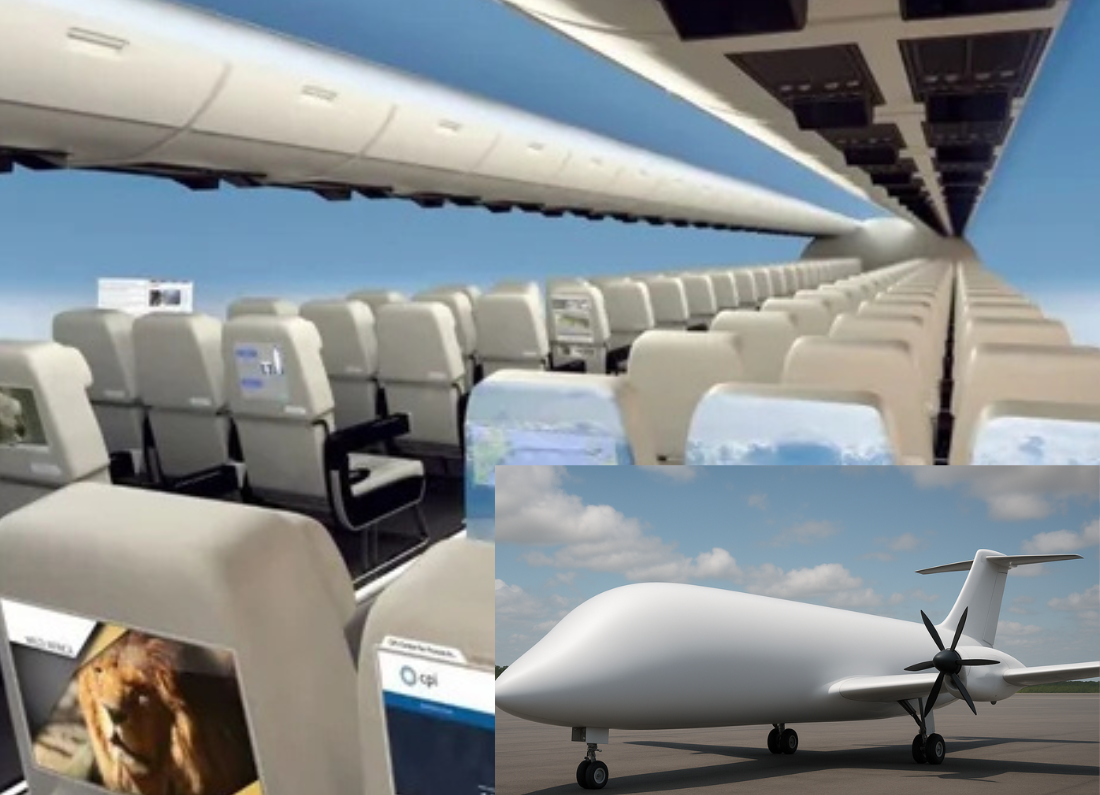In the rapidly evolving world of aviation, avionics has undergone a significant transformation, moving beyond mere instruments and displays to embrace the elements of intelligence, integration, and innovation.
By 2025, the avionics landscape will have transitioned from traditional analog systems characterized by redundancy to sophisticated digital command centers. This shift is driven by cutting-edge technologies including artificial intelligence (AI), satellite communications, robust cybersecurity measures, and advanced pilot interfaces, which are designed to enhance user experience and safety. As modern aircraft increasingly function as advanced flying computers, the cockpit of the future is already a reality — featuring intelligent systems that are smarter, lighter, and more interconnected than ever before.
Understanding Avionics — And Its Growing Importance in 2025
Avionics encompasses all electronic systems onboard an aircraft, which include:
- Flight Control and Navigation: Advanced autopilot systems and navigation aids that utilize GPS and sensor data for precise flight path management and route optimization.
- Communication Systems: Enhanced radio and satellite communication technologies that facilitate clear, reliable, and secure communication between aircraft and air traffic control.
- Weather Radar and Surveillance: High-resolution weather radar systems and surveillance technologies that provide pilots with real-time data on atmospheric conditions to improve safety and decision-making.
- Engine Monitoring: Sophisticated engine monitoring systems that track performance metrics, detect potential issues, and ensure optimal engine operation for safety and efficiency.
- Collision Avoidance: State-of-the-art collision avoidance technologies that utilize real-time data to prevent in-flight incidents and enhance situational awareness for pilots.
- Display Systems and Cockpit Interfaces: Innovative display technologies and user-friendly interfaces that provide pilots with critical flight data in an easily digestible format, improving overall situational awareness.
In 2025, these avionics systems are anticipated to be more integrated and software-defined than ever before. They will offer real-time decision support, predictive alerts for potential system failures, and opportunities for performance optimization. This evolution significantly enhances safety measures and pilot awareness, ultimately leading to safer and more efficient aviation operations.
From Instruments to Intelligence
The most significant transformation in avionics today lies in the transition toward data-driven, AI-supported systems that enhance flight safety and efficiency. New aircraft models are equipped with advanced technologies, including:
- Synthetic vision systems (SVS) and enhanced flight vision systems (EFVS) that greatly improve pilot visibility in challenging weather conditions, such as fog or heavy rain. These systems use data from various sensors to create a virtual representation of the environment, allowing pilots to navigate more safely and confidently even when visibility is compromised.
- AI co-pilots that provide real-time assistance with navigation, optimize fuel efficiency through precise tracking of consumption patterns, and offer support during emergency scenarios by suggesting quick and effective responses. These intelligent systems analyze a multitude of variables, including weather forecasts and traffic data, to preemptively alert pilots about potential issues.
- Fly-by-wire systems that utilize electronic controls to adjust flight parameters continuously based on real-time aircraft performance data. Unlike traditional mechanical systems, fly-by-wire technology improves the aircraft’s responsiveness and stability, ensuring a smoother flight experience.
“Modern avionics are no longer reactive—they’re predictive,” explains a senior avionics engineer at Collins Aerospace. “These systems can anticipate adverse weather conditions, fuel consumption issues, or navigation errors well ahead of human recognition, enhancing safety and operational efficiency.” This proactive approach marks a pivotal advancement in aviation technology, promoting safer skies and smarter flight operations.
Satellite Connectivity Takes Over
By mid-2025, nearly all new commercial aircraft deliveries, including those within the narrowbody category (such as the Boeing 737 and Airbus A320 families), will be equipped with advanced satellite-based communication (SATCOM) systems. This technological shift carries a range of significant advantages for the aviation industry and passengers alike:
- Real-time Communication with Air Traffic Control: Pilots will have the ability to communicate instantaneously with air traffic control (ATC) even when flying over oceans and remote regions where traditional land-based communication is unavailable. This capability enhances flight safety and ensures a unified approach to air traffic management.
- Live Aircraft Tracking: Enhanced satellite tracking provides airlines with real-time data on aircraft positions, allowing for better route optimization and improved safety measures. This feature can significantly reduce the response time in emergencies and help airlines efficiently manage flight schedules.
- Passenger Connectivity: Travelers can enjoy seamless in-flight Wi-Fi and streaming capabilities, enabling them to stay connected during their flights. This enhancement is especially significant in long-haul flights, where entertainment and connectivity options drastically improve the passenger experience.
- Integration with Electronic Flight Bags (EFBs): Pilots will benefit from the integration of SATCOM with EFBs, allowing for easier access to essential flight information, weather updates, and navigational data. This feature streamlines operations and enhances situational awareness in the cockpit.
Leading satellite service providers such as Inmarsat, Iridium NEXT, and Viasat are rapidly expanding their infrastructure across the Asia-Pacific region to improve coverage, particularly in critical areas like the South China Sea and other remote flight corridors. This expansion aims to provide airlines with robust connectivity solutions that cater to the growing demand for both operational efficiency and passenger satisfaction in an increasingly interconnected world.
Modular, Upgradeable Avionics: The New Standard
Gone are the days of static avionics for 20 years.
Aircraft manufacturers now rely on modular avionics architectures that allow for software and hardware upgrades every 2–3 years.
Examples include:
- Airbus’ Open Avionics Suite
- Boeing’s Advanced Common Core System (ACCS)
- Garmin’s G5000 for business jets and regional aircraft
This flexibility ensures airlines can keep their aircraft updated with the latest tech without full system replacements — lowering cost and improving lifespan.
Modular, Upgradeable Avionics: A New Standard in Aviation
The era of static avionics systems lasting two decades is a thing of the past. Today, aircraft manufacturers are embracing modular avionics architectures that allow for timely software and hardware upgrades every 2 to 3 years. This innovation ensures that airlines can maintain operational efficiency and safety while easily integrating the latest technological advancements. Notable examples of these new systems include:
- Airbus’ Open Avionics Suite: This platform allows operators to customize and update avionics capabilities while minimizing downtime.
- Boeing’s Advanced Common Core System (ACCS): This system establishes a unified approach for various aircraft models, facilitating quicker upgrades and enhanced interoperability.
- Garmin’s Integrated Solutions: Specifically designed for business jets and regional aircraft, Garmin’s systems offer pilots intuitive interfaces and robust functionalities, significantly enhancing situational awareness.
This modularity provides airlines with the flexibility to stay current with technological advancements without the financial burden of complete system overhauls, ultimately lowering operational costs and improving the longevity of their fleets.
Avionics and Cybersecurity: A Critical New Battleground
With the rise of enhanced connectivity in aviation, the risk of cybersecurity vulnerabilities has significantly increased. As the industry increasingly relies on interconnected systems for communication, navigation, and operational efficiency, the implementation of robust cybersecurity measures has become essential. In response to these evolving challenges, aviation regulators—including the European Union Aviation Safety Agency (EASA), the Federal Aviation Administration (FAA), and the Civil Aviation Authority of Malaysia (CAAM)—are set to introduce stringent cybersecurity requirements for avionics systems by 2025. These regulations aim to establish a comprehensive framework for safeguarding critical aviation infrastructure against cyber threats.
Modern cockpit systems are being designed with cutting-edge cybersecurity features that enhance their resilience against potential attacks. These features include:
- Intrusion Detection Software (IDS): This sophisticated technology continuously monitors network traffic for unusual patterns and suspicious activities that may indicate a cyber breach. By employing advanced algorithms and machine learning, the IDS can provide real-time alerts to inform flight crews and ground control about potential threats, enabling a swift response to mitigate risks.
- Encrypted Data Links: Secure communication channels utilizing advanced encryption protocols ensure that data exchanged between avionics systems, air traffic control, and ground support remains confidential and intact. This protection is crucial for preventing unauthorized access and interception of sensitive information, such as flight plans and real-time telemetry data.
- Firewall Segregation: This strategic approach involves creating distinct firewalls that separate passenger networks from critical avionics systems. By implementing this segregation, aviation professionals can significantly reduce the chances of an external breach adversely affecting essential flight operations, thereby enhancing the overall safety and security of aircraft systems.
In this dynamic and rapidly changing landscape, fostering cyber resilience has become a foundational component of aviation safety. This requires a coordinated effort among manufacturers, airlines, and regulatory bodies to continuously evaluate and strengthen cybersecurity practices. Ongoing training, investment in new technologies, and regular assessments will be crucial to staying ahead of emerging threats in an increasingly interconnected world.
Avionics in Regional and General Aviation
In Southeast Asia, regional airlines and flight training academies are increasingly transitioning to advanced digital cockpit systems to bolster several key areas:
- Flight Training Realism: By utilizing state-of-the-art simulations and touchscreen interfaces, pilots can experience more realistic operational environments, which helps them prepare better for real-world flying scenarios.
- Maintenance Tracking: Digital systems allow for efficient monitoring of aircraft systems and maintenance schedules, reducing downtime and enhancing safety by ensuring that all components are functioning optimally before flights.
- Pilot Preparedness for Airline Transition: These upgraded systems facilitate a smoother transition for pilots moving from training into commercial airline operations, as they are already familiar with the advanced technologies they will encounter.
Leading manufacturers such as Garmin, Honeywell, and Thales are supplying glass cockpit upgrades for widely used turboprop aircraft, including the ATR 72, Beechcraft King Air, and Diamond DA42. These aircraft are particularly favored by flight schools and charter operators throughout Malaysia and Indonesia due to their reliability and versatility.
Emerging Segments: Avionics for eVTOL and Urban Air Mobility (UAM)
With the burgeoning interest in urban air mobility (UAM) and electric vertical takeoff and landing (eVTOL) aircraft, avionics manufacturers are entering a new and exciting domain. These innovative aircraft demand:
- Compact, Lightweight, Low-Power Systems: eVTOL designs prioritize efficiency and performance, necessitating miniature avionics that do not compromise flight safety.
- Fully Automated Navigation and Terrain Avoidance: To enhance safety in densely populated urban environments, these aircraft require sophisticated systems that can autonomously navigate and avoid obstacles without pilot intervention.
- Autonomous Redundancy for Single-Pilot or Pilot-Optional Flight: Safety is paramount, and systems must be designed to allow for continued operation in the event of a failure, making single-pilot operations viable.
In Asia, companies such as EHang in China and SkyDrive in Japan are pioneering the testing of eVTOLs. These aircraft are equipped with advanced integrated avionics systems that function similarly to drone autopilots, streamlining operations and enhancing safety.
Looking Ahead: Avionics 2030 Preview
By 2030, we can expect avionics systems to undergo significant advancements, including:
- Integration with AI Copilots: AI technologies will assist pilots by managing routine tasks, allowing them to focus on decision-making and further enhancing situational awareness.
- Support for Pilot Biometrics and Health Monitoring: Future avionics will incorporate health-tracking technologies to monitor pilot conditions, such as fatigue or stress levels, ensuring operational safety.
- Capabilities for Pilotless Air Cargo or Regional Operations: As regulations evolve, fully autonomous flights for cargo and passenger transport will become feasible, reducing operational costs and improving efficiency.
- Machine Learning for Real-Time Turbulence and Weather Rerouting: Advanced algorithms will analyze weather patterns and flight data in real time, enabling swift rerouting to avoid adverse conditions.
- 3D/AR Cockpit Displays with Terrain and Traffic Overlays: Enhanced visual displays will provide pilots with critical information about their surroundings in an intuitive manner, improving situational awareness.
In summary, avionics are set to evolve from mere operational tools into essential partners, quietly supporting pilots while adapting to the complexities of airspace management and the dynamic demands of modern aviation.
As the aviation industry in Asia continues to lead in recovery and innovation, avionics will serve as a vital, yet understated, force behind safer, smarter, and more sustainable air travel—from Kuala Lumpur International Airport (KLIA) to Kansai International Airport and beyond.














Leave a Reply